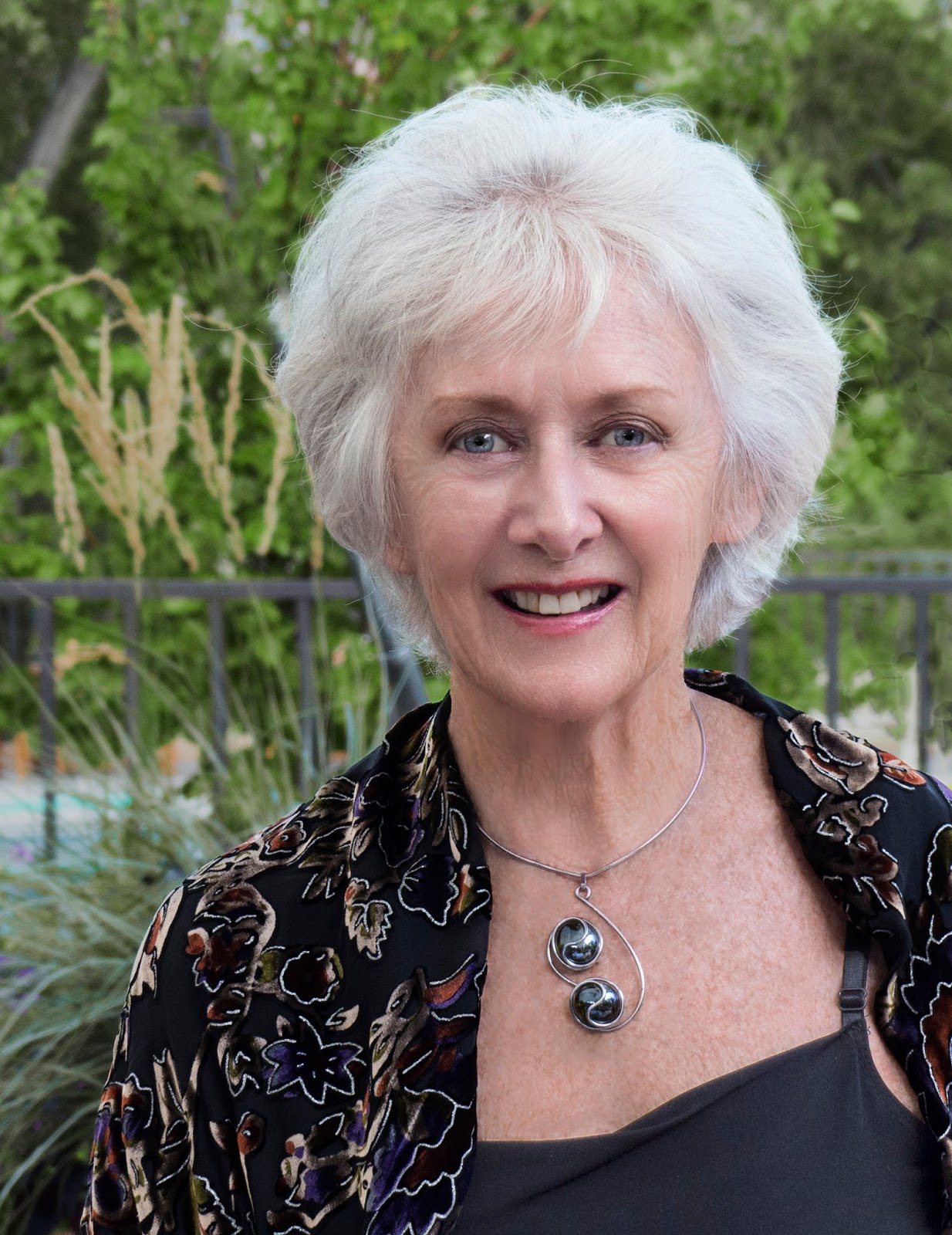
Preview by Rodney Punt
New Year’s quiz: What are the most popular classical music telecasts of all time? (Hint: The late Walter Cronkite announced them in recent years on PBS.)
If you guessed the Vienna Philharmonic New Year's Concerts (Neujahrskonzert) you are right. With their cornucopia of European waltzes, polkas and gallops beamed around the world from Austria’s famed Musikverein concert hall, they have been a fixture on TV since 1959, and are seen by 1.3 billion hung-over folks every New Year’s Day, along with a few sober ones in Utah.
If the Rose Parade hasn’t shaken your day-after-the-night-before blues, then the “Waltz-King” Johann Strauss Jr.’s Artist's Life waltz or his Leichtes Blut polka could be just the codas needed to cap a long holiday season.
You may have watched that New Year's PBS show year after year, as I have, and developed a craving to see it live. Forget Vienna’s version; it’s too far to travel, and anyway only a select few of Austria’s elite can attend, usually only on a legacy basis and with tickets running an astronomical $2,000 each.
Good news for Viennese-waltz junkies: there is at least one authentic live version of the Neujahrskonzert not that far from home for most North Americans, with prices to fit all budgets and starting at $42. Under the banner of SALUTE TO VIENNA a series of them are held in twenty-two locations at concert halls throughout the USA and Canada on January 1 to 3. (See schedule for locations and tickets.)
Three of those performances will be in Southern California venues - in San Diego, Orange County and Los Angeles. I’ll be attending the one this Sunday at L.A.'s Walt Disney Concert Hall. It’s the sixth visit to the Disney for the production, masterminded by the Hungarian-turned-Canadian impresario Attila Glatz (love that name!) and his company. They have by now perfected a snazzy format for the infectiously light-hearted Viennese musical extravaganza.
Featured are dance routines and operetta excerpts that even the Musikverein's strictly orchestral performances don’t incorporate. The new Southern California cast this year includes conductor Mika Eichenholz with the 75-member Strauss Symphony of America, a couple of stylish Viennese singers (soprano Patricia Nessy and tenor Alexandru Badea) and members of the Vienna City Ballet.
I spoke to Mr. Glatz by phone from his Toronto office, and he shared some inside info on the program, which will - not surprisingly - have a lot of Johann Strauss Jr. (including selections from Gypsy Baron and Die Fledermaus) and the less known Emmerich Kálmán (Countess Maritza and Gypsy Princess). Franz Lehár's Land of Smiles will complement these, and a polka by a talented brother, Josef, will keep the Strauss family brand on top. I can't share the encores but you won't fail to know and love them.
SALUTE TO VIENNA is where I get to purge the past year’s cares and annoyances and inoculate myself against those I expect to encounter this coming year.
You might find the sugar-coated musical remedy works wonders for you too.
---ooo---
WHEN: Sunday, January 2nd, 2011, 2:30 PM
WHERE: Walt Disney Concert Hall
111 South Grand Ave., Los Angeles, CA 90012
TICKETS: Call Disney box office at 323-850-2000,
WHERE: Walt Disney Concert Hall
111 South Grand Ave., Los Angeles, CA 90012
TICKETS: Call Disney box office at 323-850-2000,
or order via Ticket Master: www.ticketmaster.com or call 800-982-2787
For more information and other venues: salutetovienna.com or call 800-545-7807
Above photo: Attila Glatz Concert Productions
Rodney Punt can be reached at [email protected]

















